Search Engine Marketing (SEM) is a promotional and advertising method that helps companies improve their rankings on Google and other search engines.
Like Search Engine Optimization (SEO), SEM helps professionnals improve how their content appears on Search Engine Results Pages (SERPs). 🔎🌐
This digital marketing strategy allows companies to attract the public's attention to their products and services through paid ads and by purchasing advertising space on platforms such as Google Ads.
This approach differs from SEO, which involves optimizing web content to align with Google's algorithms for free.
To learn more about this method that can help you boost your online visibility, let's continue with the next section... 👇🙂
Differences between SEO and SEM
SEO and SEM use many similar methods, but they are very different in how they help rank high in SERPs.
SEO
SEO is a method that involves structuring content to achieve a better position on Google.
.jpg)
Here are the main aspects of SEO:
- SEO is based on the limited knowledge of ranking factors or "signals" that search engines like Google use.
- SEO methods are constantly evolving to keep up with the charges in search engine algorithms.
-
Organic (non-paying) results rank directly after sponsored search results.
- SEO success relies on creating useful, reliable, and authoritative content, which is the E.E.A.T. principle.
To follow these principles, experts take the following measures:
-
- Increase the number of external websites linking to your page (high-quality backlinks 🔗).
- Identify and add relevant keywords to your content.
- Develop trust signals based on website security, traffic, and user engagement.
- Ensure that your website provides a good user experience to visitors.
SEM
SEM focuses on using paid ads to boost traffic through Google Ads campaigns, the advertising platform of the famous search engine. 📢
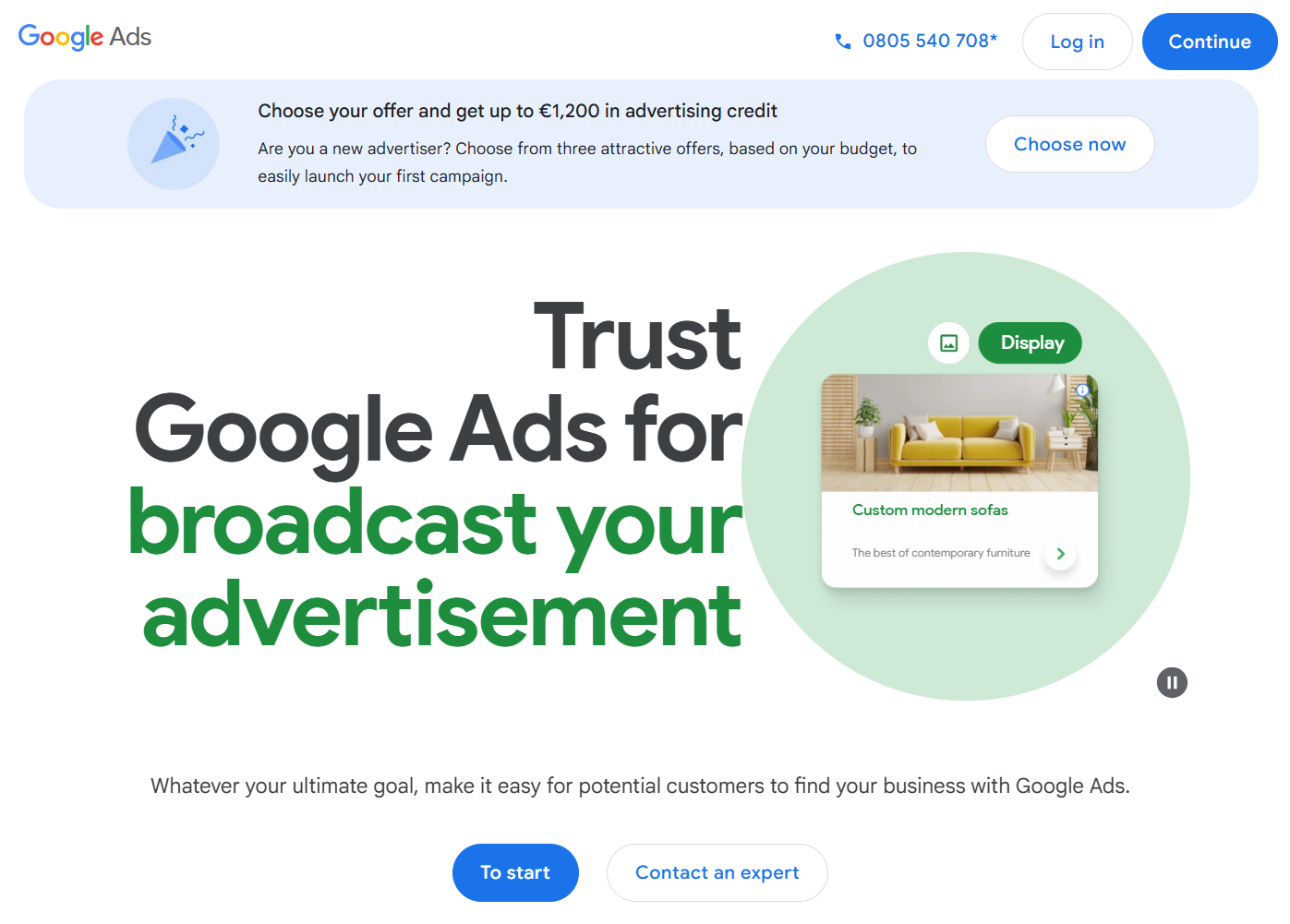
Here are the key aspects of SEM:
-
SEM is based on thorough keyword analysis. You need to identify keywords that are likely to attract users to your web page.
- SEM results are displayed on the top of SERPs.
- SEM benefits from web pages that are easy to analyse by search engine indexing robots and that feature trust signals, such as backlinks.
Search Engine Marketing in detail
In SEM, the first step is to identify the most searched keywords, and then we buy advertising space in search engines for those specific requests.
These campaigns are paid per click (PPC), which means that we pay search engines each time a user clicks on the ad.
SEM ads are displayed at the top of SERPs, above the organic results generated by SEO.
They look similar to organic results and have the following features:
SEM importance
SEM strategies are important for the following reasons:
-
Digital marketing: SEM campaigns help increase the reach of digital marketing by using keywords that attract people who are likely to be interested in the product or service.
-
High conversion rates: One of the main advantages of SEM is that it places a brand's product in front of customers when they are ready to buy.
-
Quickness: An SEM strategy often enables you to boost traffic much faster than an SEO strategy, which can take long-term efforts and time delays. ⏱️
-
PPC (Pay-Per-Clic) model: The PPC model, similar to a cost-per-engagement model, is a profitable strategy where businesses only pay when their ad is cliked. Companies can also control their spending by setting a maximum cost per click (CPC) and a daily budget.
-
Improvement of organic ranking and trust signals: The increase in page visits through paid ads improves overall traffic and strengthens trust signals that Google considers when ranking websites.
-
Segmentation: Beyond just keywords, SEM campaigns allow you to control geographic location, language, and online behaviour to ensure you reach the right audience - those likely to be interested in the product or service.
-
In-depth knowledge: Tools like Google Analytics provide detailed, real-time reports on the status and evolution of their SEM campaigns. This enables companies to continuously improve their strategies based on real-time data. 📊
SEM disadvantages
SEM also has the following disadvantages:
-
Cost: Even with profitable models like PPC, SEM can become expensive over time. 💸
-
Competition: Depending on the campaign's target audience, purchasing ad placements can be difficult and costly. The higher the number of companies competing for the top spot, the more CPC and related costs increase.
-
Trust and ad blockers: Many internet users dislike or distrust ads and block them using ad blockers. Ads can be seen as disruptive and less trustworthy than inbound marketing methods that generate organic search results.
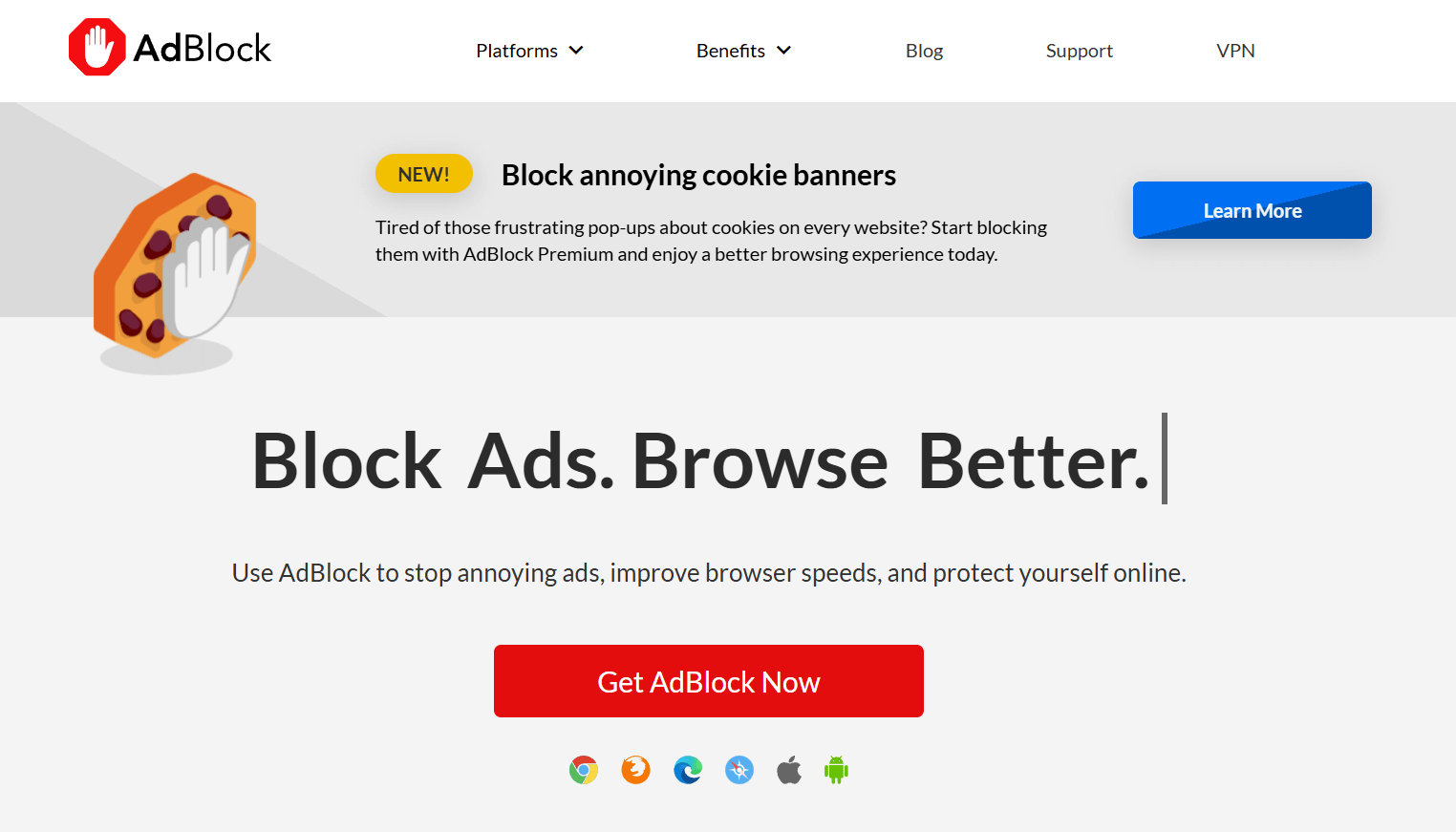
How does search engine marketing work?
SEM relies on keywords (sentences entered by users into search engines) that can be used to create relevant content and ads designed to capture your target audience.
Using the right keywords in the right places is essential for your ads to appear in top positions on search results pages. 🎯
Your chances of success are higher if you ensure that your content aligns with search intent - that is, the reason behind a user's specific query.
The different types of Search Engine Marketing
Paid search marketing
SEA (Search Engine Advertising) aims to improve your website's visibility in search engines through paid ads. This involves writing relevant text, including attractive images, choosing a targeted audience, and defining keywords to trigger ads.
Paid search often delivers fast results. However, once you stop your ad campaigns, visibility and traffic also come to a halt.
Search ads
Google's search ads are displayed in the results when users enter specific keywords in the search bar.
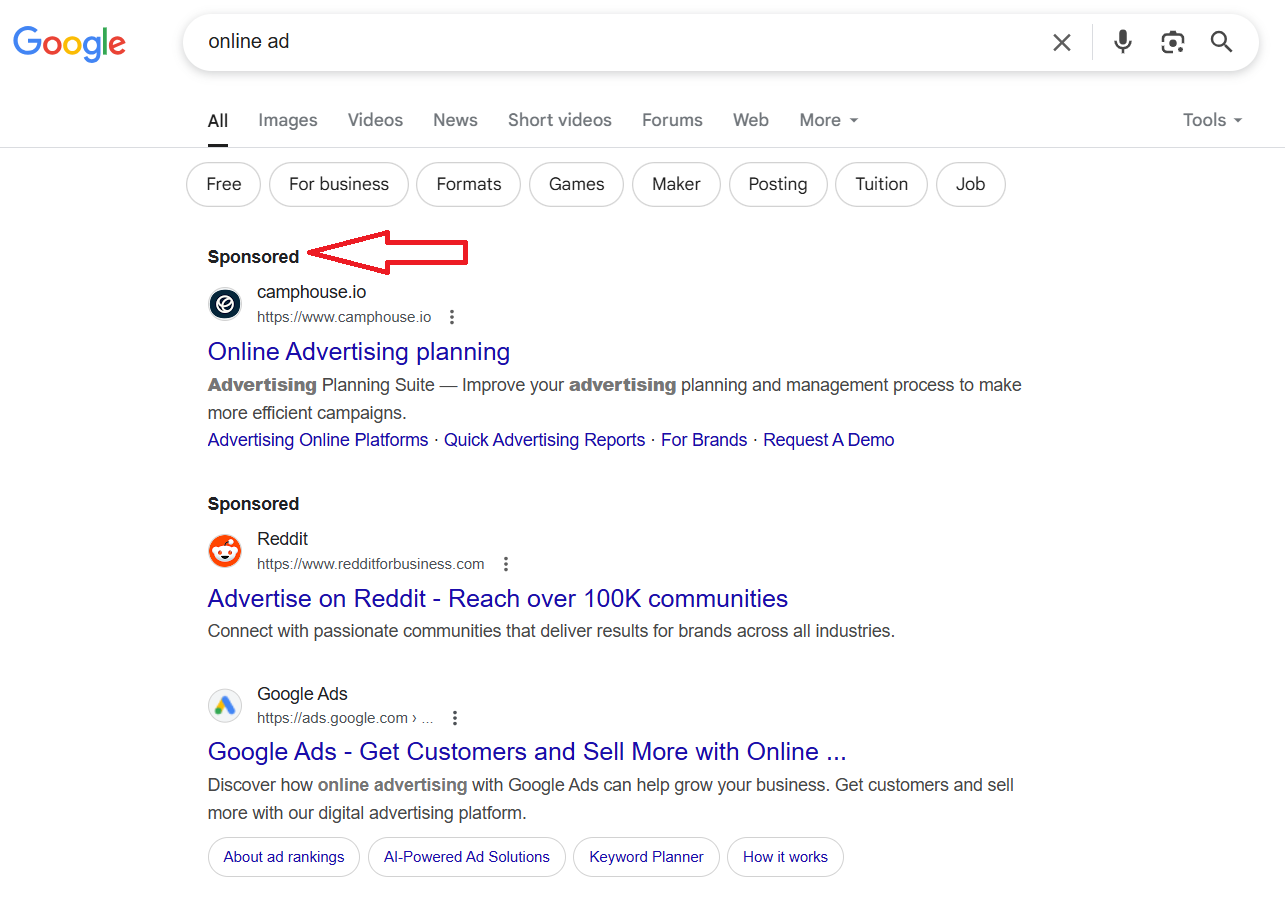
Shopping ads
Google's shopping ads are displayed when an internet user searches for a specific product. 🛒
They can appear in SERPs, the Google Shopping tab, Google Images, Maps, etc.
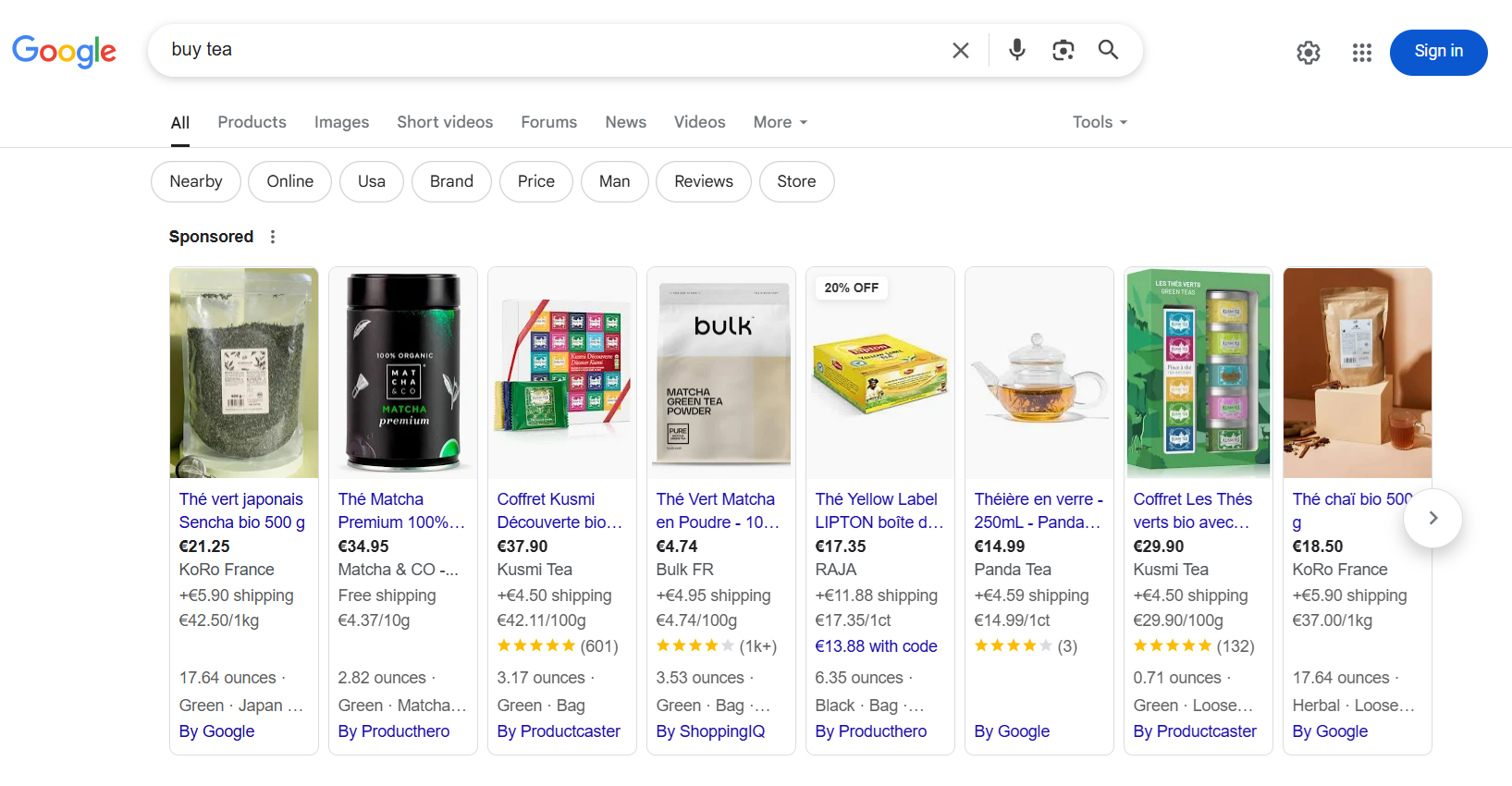
Local ads
Local ads help you promote your local business on Google Search and Maps pages. 🗺️📍
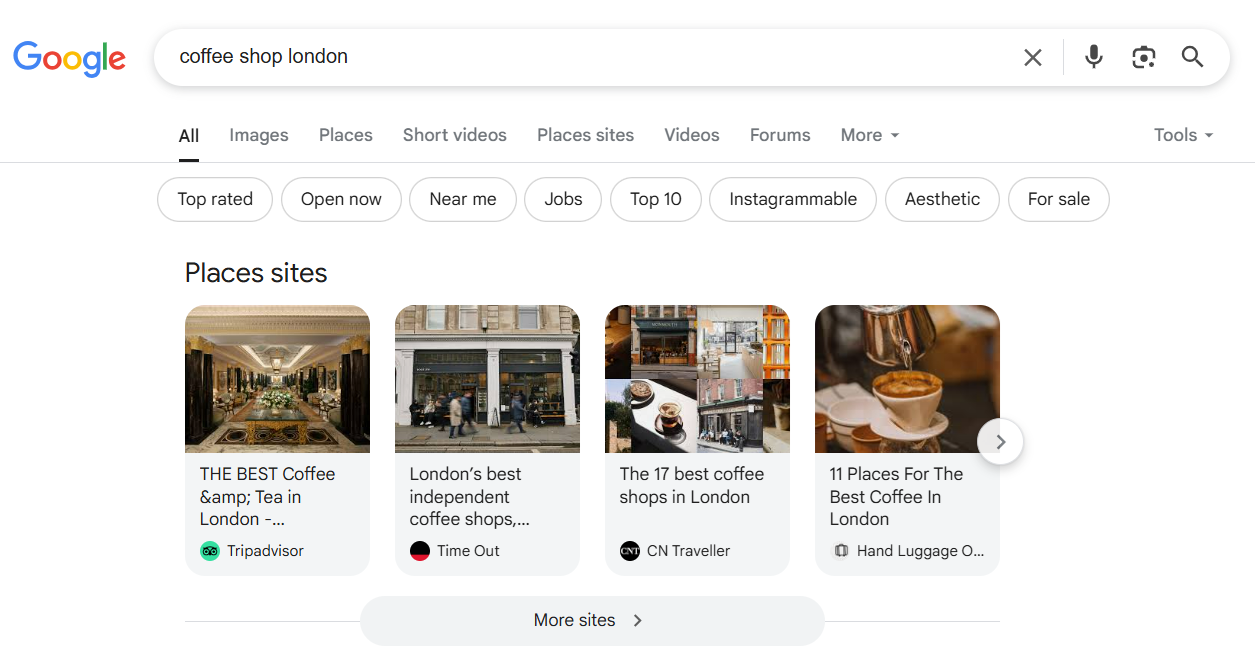
The best practices in paid SEM
Google Ads uses a bidding system to determine which ads are displayed and in what order.
According to Google, there are 6 main factors to consider:
-
Maximum bid: the highest amount you are willing to pay for an ad click. 💲
-
Ad quality: the relevance and usefulness of the ad for users.
-
Impact of ad assets (e.g., extensions) and format: how the additional information you provide (such as a phone number, links to specific pages, etc.) and the ad format may affect performance.
-
Ad rank thresholds: set of values used to determine whether your ads are eligible to appear.
-
Ad context: how factors like the search term used, user location, time of search, device used, etc. play a key role.
-
Auction competitiveness: the level of competition affects who wins and the final cost per click (CPC).
Setting up your campaign structure
A well-structured Google Ads account groups ads by theme to allow for strategic bidding.
Let's discover how an account is structured:
-
Campaign: the highest organizational level of a Google Ads account. Each campaign can include several ad groups. Campaigns let you define a global budget, choose audience targeting, and apply settings that affect all ad groups within the campaign.
-
Ad groups: within each campaign, these organize your ads around a common theme. Each ad group has one or more ads and several keywords.
-
Keywords: the terms you select for each ad group to target in search queries.
-
Ads: the individual pieces of text that users will see when your campaigns are active.
Choose the right keywords
After defining your ad groups, you must target specific keyword groups that match with your audience for each of them.
SEM keyword research strategies
The success of SEM strategies relies on the identification and purchase of ad space on the most effective keywords and long-tail expressions related to a product or service.
As already said, the definition of these terms relies on the internet user intention called "searcher intention". This refers to the action a user is willing to start when they search a specific keyword.
🔨 Several tools can help you find the best requests:
- Clearscope
- Keyword Planner from Google Ads
- Google Trends
- Semrush
- SpyFu
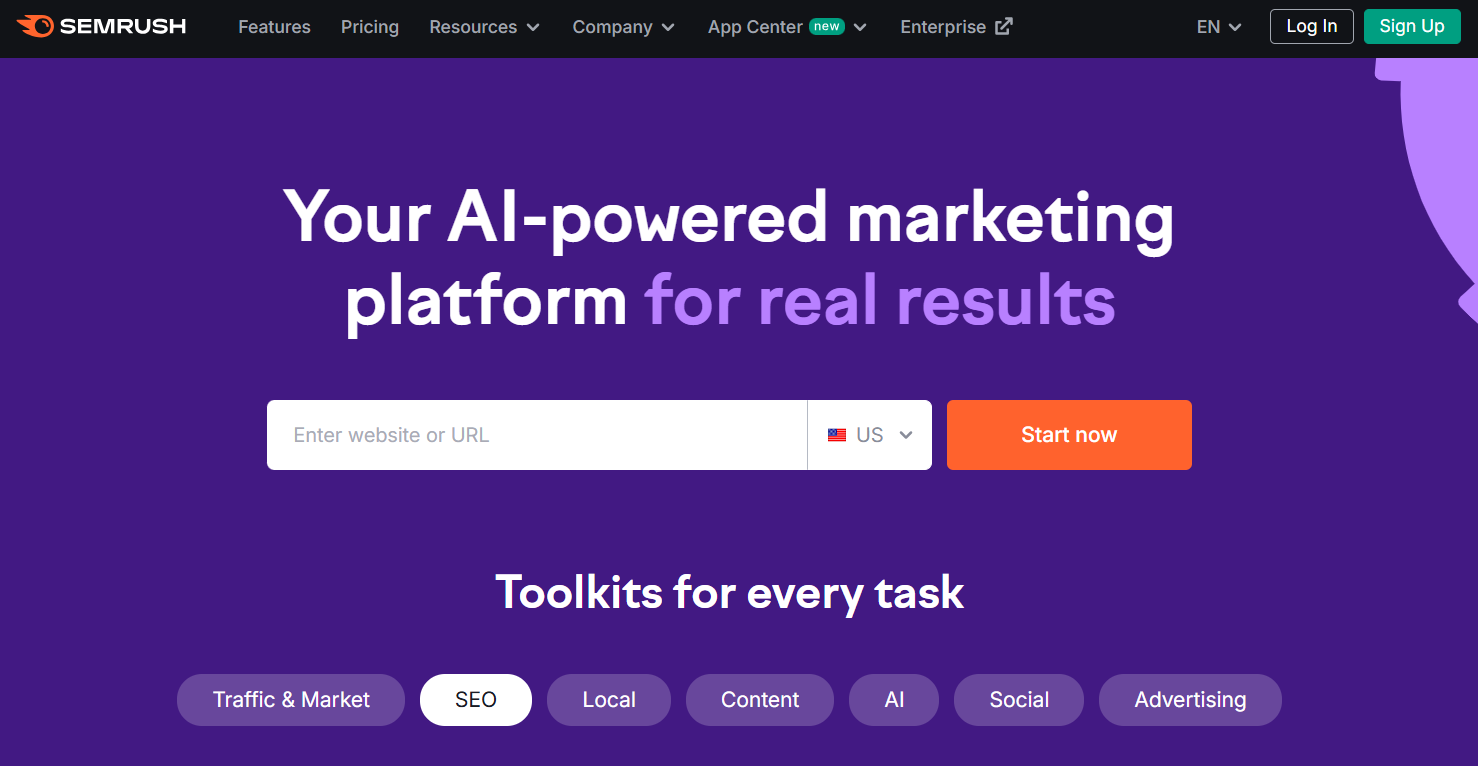
How ad bidding works?
For Google, Bing and Yahoo, all ads must go through a bidding proccess that takes place each time a user performs a search.
For example, Google's ad bidding system uses several factors (described above) to determine which ad appears at the top of the page, including the quality score obtained in Google Ads.
Definition
The Google Ads quality score is a
rating from 1 to 10 that evaluates the
relevance of your ads, keywords, and landing pages. It influences both the cost per click and the ad's position in the search results. Basically, the higher you score, the less you pay for your ads - and the more visible they are.
The SEM campaign with the highest budget doesn't always get the top position. This depends on the quality of the content. In fact, some of the factors that influence organic rankings - such as trust signals and web traffic - are also taken into account in Google's ad auctions.
In general, search engine ad bidding take follows 4 steps:
1️⃣ Bid. To launch an SEM campaign, you define the maximim amount you are willing to pay for a click on a keyword.
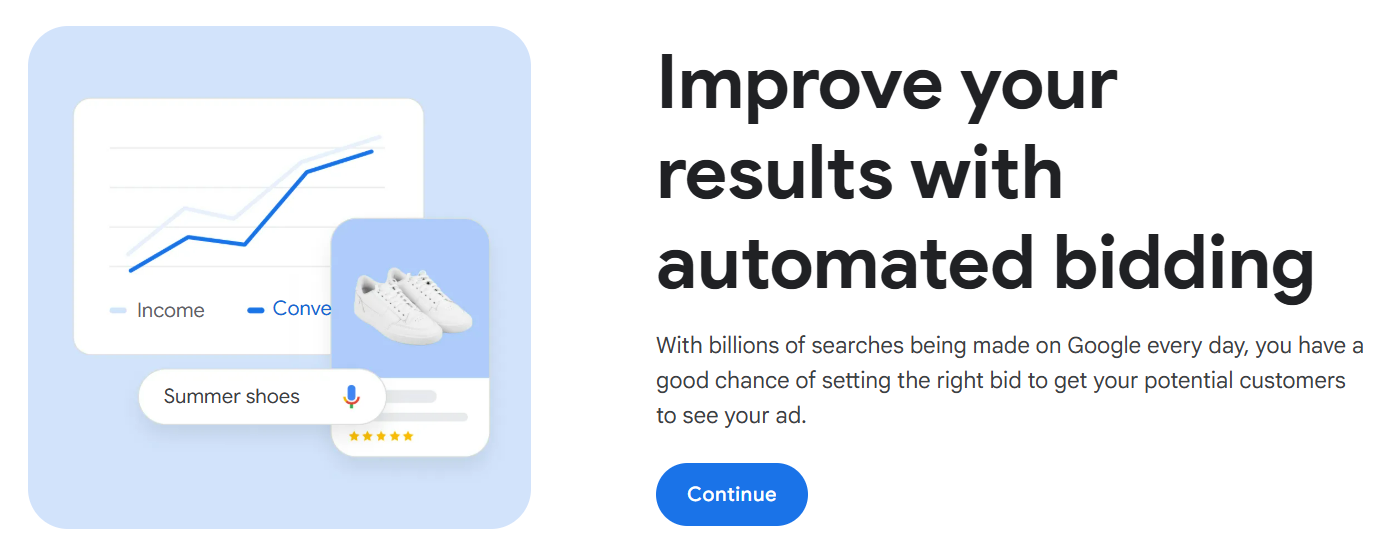
2️⃣ Quality score. Platforms like Google Ads evaluate the ad and its linked website based factors such as the keywords used, the website's user experience, the usefulness of the landing page content, and available ad assets like phone numbers or additional links. Google also sets quality thresholds that ads must meet to reach certain positions.
3️⃣ Contextual factors. Because auctions occur every time a search is made, search engines like Google and Bing also consider contextual data to determine ad placement. This includes the user's physical location, their search history, the time of day, the device used, and even other ads and organic results on the page.
4️⃣ Ad rank. An ad rank is then assigned to the advertiser, based on all the criteria considered by Google. It's important to note that the top position does not necessarily go to the highest bidder.
Create a SEM campaign strategy in 7 simple steps
To create a successful SEM campaign strategy, professionals use different strategies and tools such as:
1️⃣ Keyword research. As seen before, the first step in an SEM campaign is identifying the most effective keywords for which you want to buy ad placements. To do this, we can use dedicated tools. It's also helpful to analyze competitor's ads and use geomarketing insights about your target audience.

2️⃣ Budget. Define a budget for your ad campaign and set a maximum bid amount.
3️⃣ Ad groups. A company that advertises multiple products or services can create several ad groups - meaning several ads within a campaign that target similar audiences. This approach is more cost-effective than assigning one keyword per ad, which can be expensive.
4️⃣ Create and test a landing page. Each ad must lead to a landing page featuring the relevant product or service. You will need to optimize this page appropriately. A/B tests can help improve metrics such as revenue per page and the average order value.
To create a landing page for free, try SiteW!
No technical skills needed - you can do everything with your mouse! You will get all the web design tools (images, galleries, video, call-to-action buttons, shapes, animations...) and key features (customs forms, FAQ, online sales...) to
build a high-performance landing page! 🖱️✨
Create a landing page
5️⃣ Create the ad. The next step is to create an ad for each keyword-based ad group.
6️⃣ Submit the bid. Once the ad is ready, it enters the search engine auction.
7️⃣ Monitor the campaign. The final step is to track your campaign's performance using analytics tools like Google Analytics. These tools allow you to monitor keyword performance and make adjustments. 📈
Search engine marketing is one of the most effective strategies to reach potential customers.
Create your campaigns now! 🚀
.jpg)









